Monster Hunter is a series about big stuff. Big monsters, big swords, big guns, big mountains, trees, volcanoes, you name it. Monster Hunter Wilds stays true to that basic DNA, but its attention to detail and the little people you play as is what makes it feel fundamentally different.
This is not any old Monster Hunter game, based on my time spent playing it at a media preview event in Los Angeles. The game I played has the potential to be the franchise’s Skyrim moment—a beloved series nails down the technology and formula to please longtime fans while bringing in scores of new players through its immersive world-building and exploration, its engaging and mysterious story, and its suddenly streamlined gameplay systems. I entered the preview as a person who had tried playing multiple Monster Hunter games but never enjoyed them all that much. I left as a person that suddenly got it. I left as a Monster Hunter fan.
Want to kill a monster? Go out and hunt it
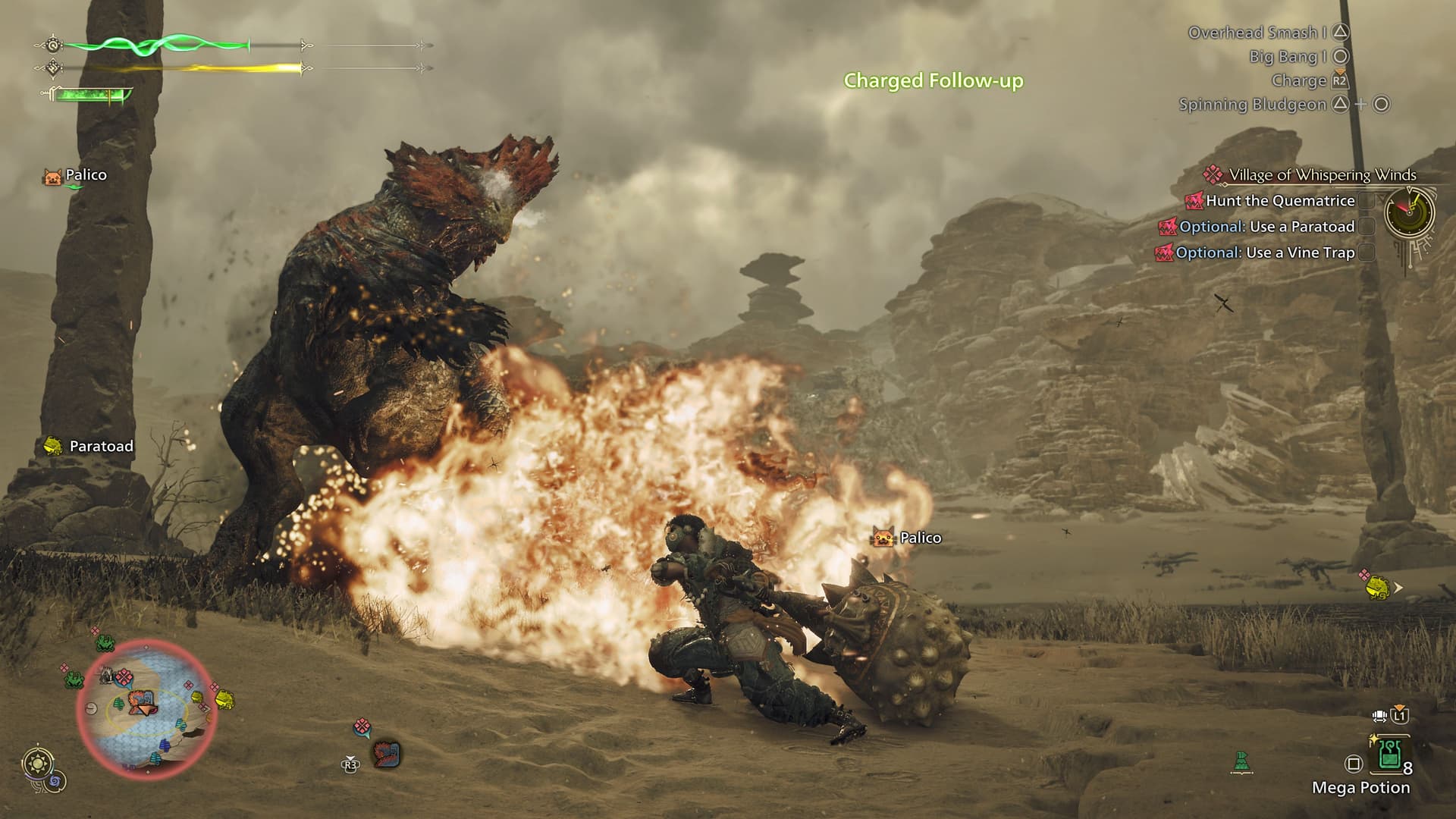
One of the biggest and best changes in Wilds sounds laughably simple on its face: the ability to walk out into the world, find a monster, and hunt it. The simple act of walking out of your camp and into the world of Wilds, where monsters roam, and resources are available for you to find at your leisure, is a game changer. There’s no selecting of a quest or exploration in your camp required and then a loading screen. You can simply decide what you want to do in your Monster Hunter game on the fly.
As dumb as it sounds, this simple gameplay change makes the entire experience feel vastly different to me than any other Monster Hunter game I’ve played before. I’m not forced to reckon with all the game’s menus to just go out and fight something; I can learn how to do it on my own terms.
The other things the game’s added feel like they flow naturally from that addition, and the feeling of “this should have always been how the game was” but wasn’t because of technological limitation or developer choices or anything else. Fights against alpha monsters can often bring you into contact and conflict with independent packs of smaller monsters seeking to help their alpha, creating new difficulties in combat that pop up in way that feels organic, like you’re having to reckon with a living world and not just a boss in a video game. Different monsters often come into contact with each other, creating different and new combat scenarios as well. This isn’t the first time a Monster Hunter has enabled this sort of monster vs. monster interaction, but it does feel far less choreographed and more naturally occurring in Wilds.
It all adds up to an experience that features all the hallmarks of a traditional Monster Hunter title, complete with huge, unwieldy weapons and epic battles, but one that feels more immediate and interesting—and one I think will appeal to a far wider playerbase than ever before.
Embracing humanity’s role in the story
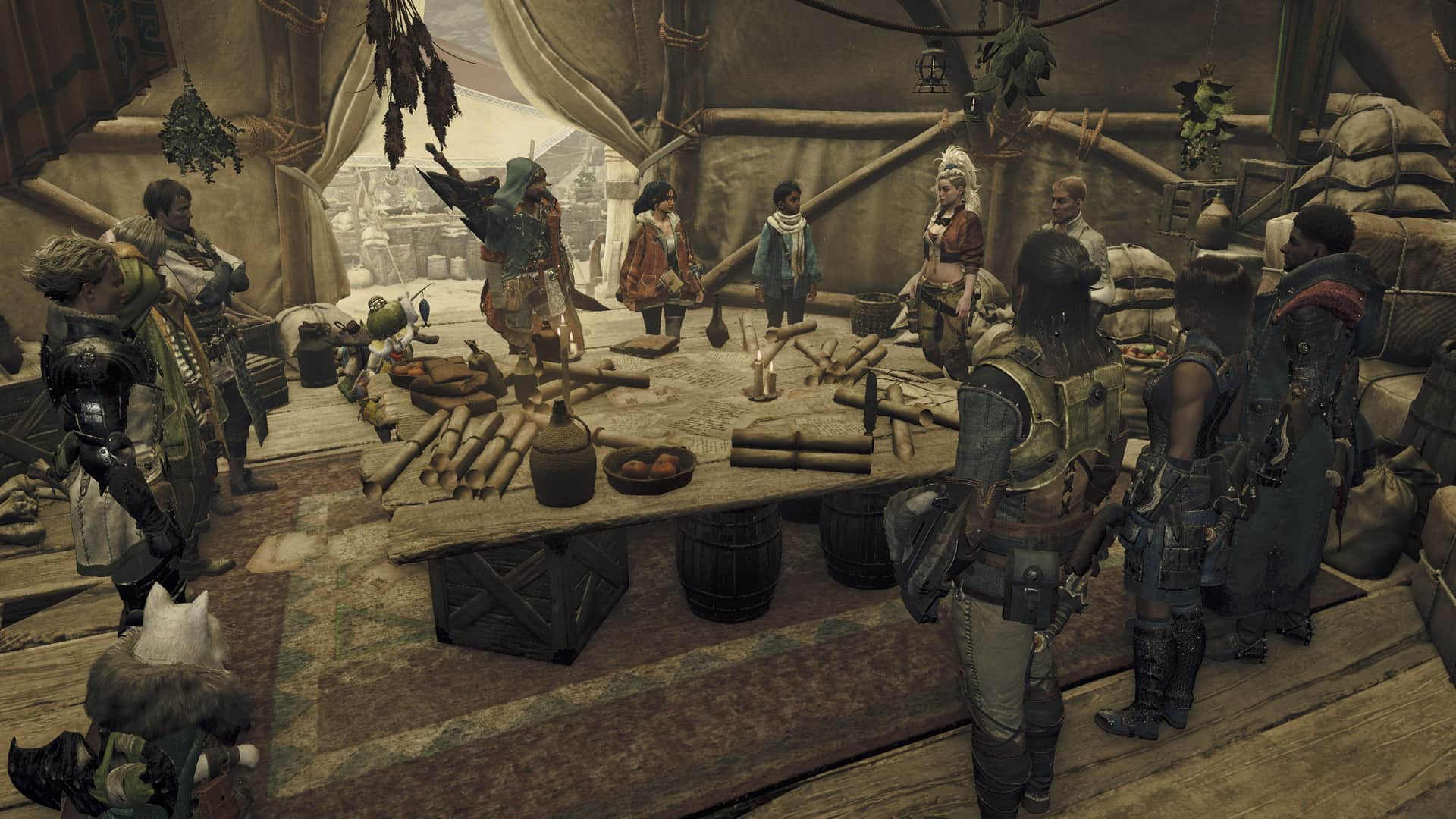
One of the more intriguing parts of Wilds I picked up on over several hours of play was how the game’s campaign feels less about the monsters themselves and more about the humans you meet as you enter into the Forbidden Lands, which were thought to be uninhabited by people. You learn very quickly that that’s not the case and that there are multiple tribes of people that live in these lands—often in harmony with the monsters around them, or at least in a way that lets them both exist without decimating each other.
The campaigns of previous Monster Hunter games have often felt analogous to the monsters you’re hunting. You’re often taking on big, urgent adventures to prevent ecological collapse or disasters with the potential to wipe out villages and monster habitats. Wilds flips the script with its focus on the people in your team and those you come across while exploring these new (to you) lands.
I loved how complete the difference in cultures felt when first encountering a new tribe of people in Wilds. Despite speaking the same language (a quirk I’m really, really hoping gets a satisfying explanation at some point in the story), the people you meet don’t even have words for the weapons you wield or a concept of a weapon at all. They’ve found different ways to deal with the monsters that fill their world and can sometimes threaten them, but it’s not by fighting them like you.
Don’t get me wrong, you’re still learning about monsters, too. The focus on humanity in the story doesn’t feel like it cheapens the monster experience or how vital they are to the story. But I really enjoyed how, in this world of impossibly huge creatures, swords, hammers, and guns, the people living in those worlds could be just as interesting. It’s a clever twist that only adds to the immersion Wilds achieves.
The wilds are waiting for you
There’s so much more to say about Wilds and just not enough space to say it. The primary and secondary weapon system feels great, allowing you to experiment with different styles of weapons, but the game never forces you to play with both weapons or even switch off your favorite if you don’t want to. While individual weapons take time to master, targeting wounds on the fly feels sharp and intuitive. Exploration with the Seikret mounts is a ton of fun, and you can traverse serious distances in short periods of time. The zones are huge and varied, in addition to just being beautiful to look at. Multiplayer felt relatively simple to request in your own game and to enter in others.
If I took anything away from my time playing Wilds, it’s that this is the Monster Hunter game that allows you to dive fully into its world and play exactly the way you want to play. And I can’t wait to play it again.


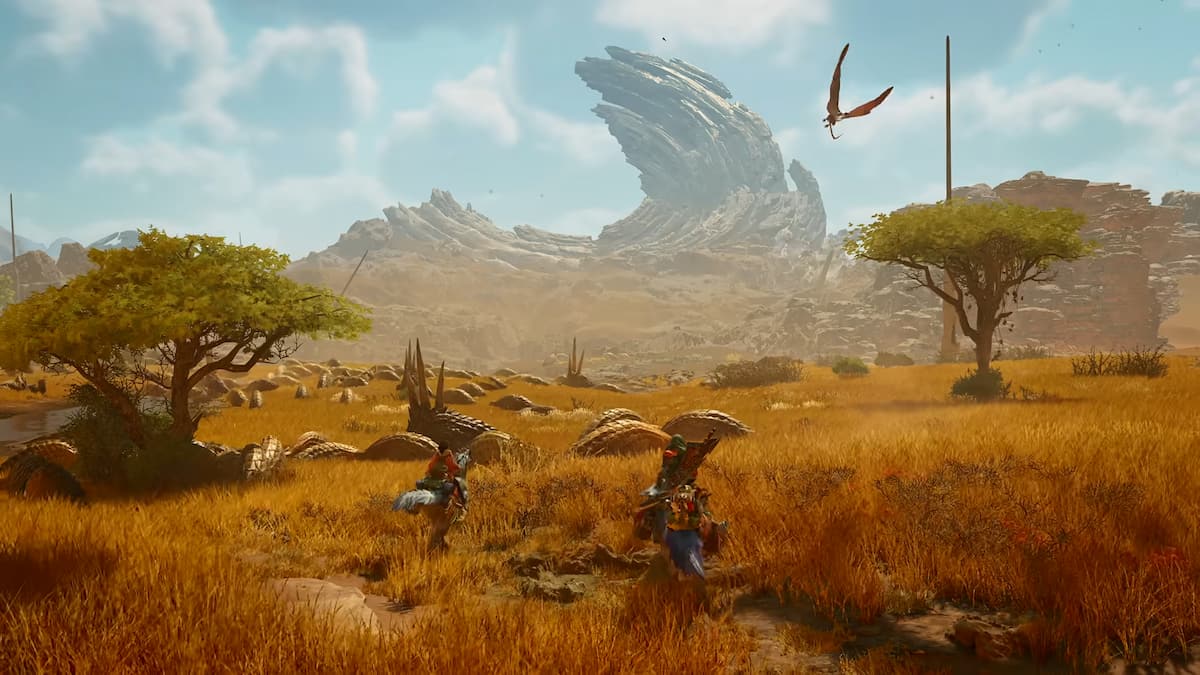
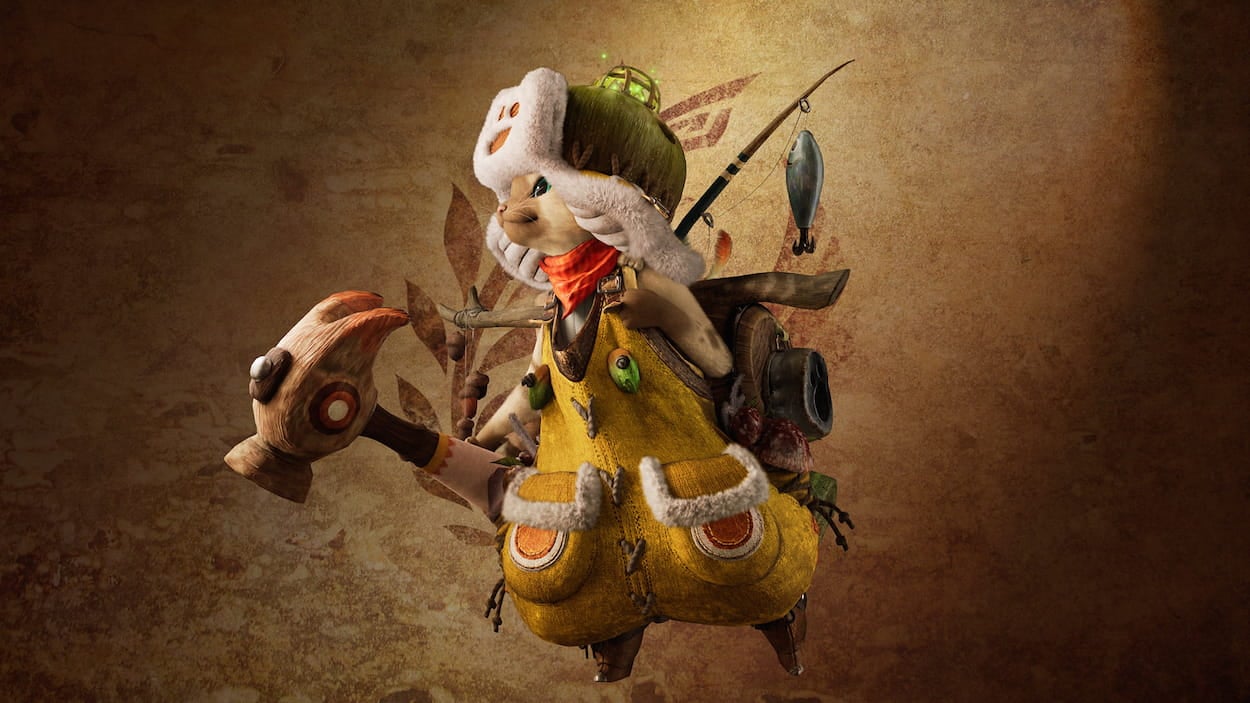
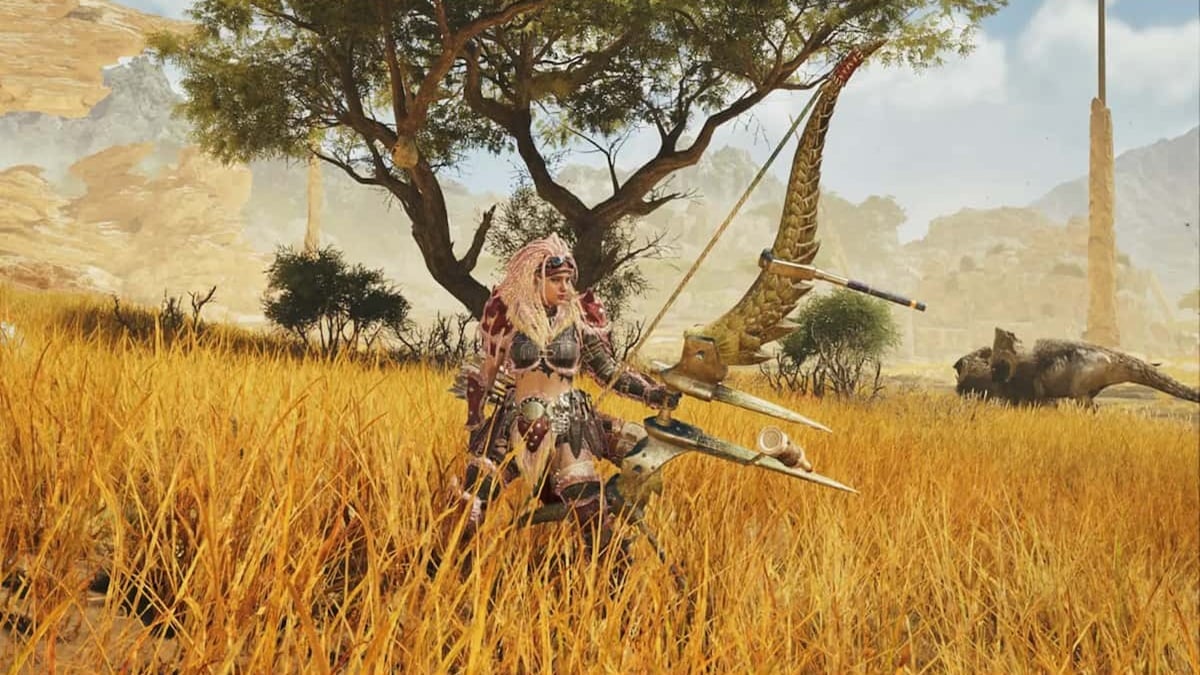

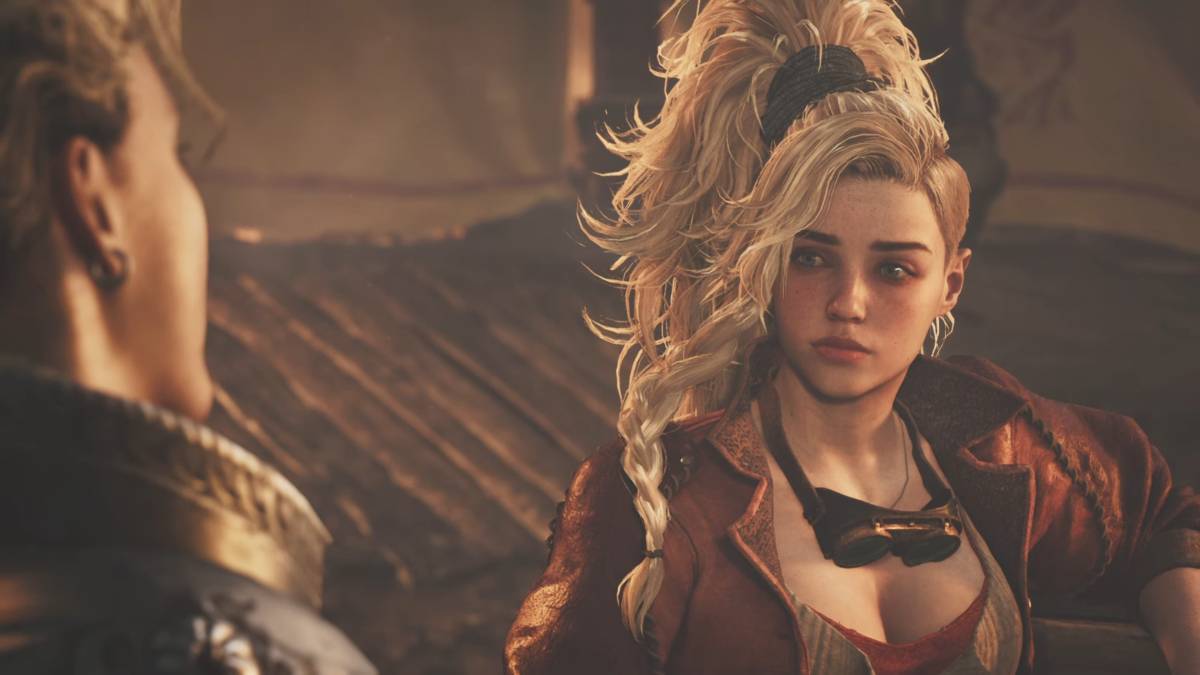



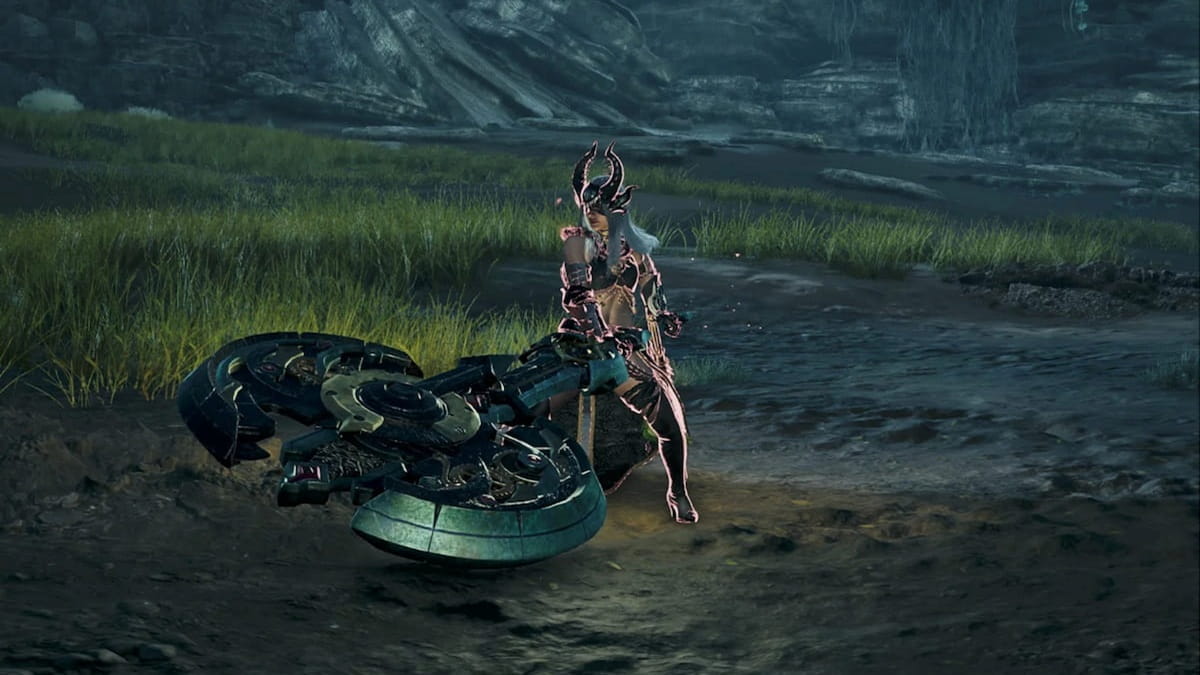

Published: Feb 11, 2025 10:00 am